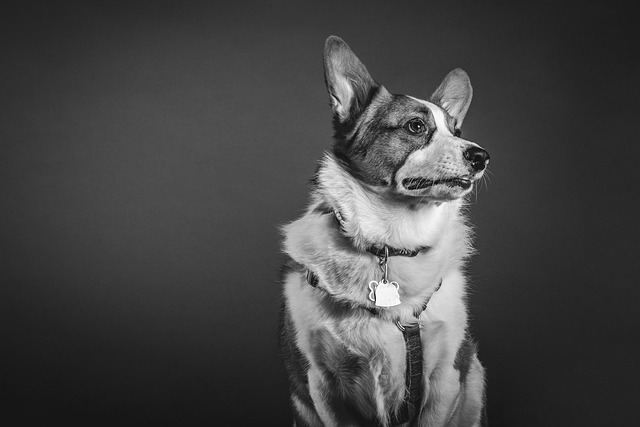I’ll start with a touching scenario of a new owner struggling with their senior dog’s cognitive decline, explain how CCD treatment focuses on managing symptoms and slowing progression, share vet-backed care steps, and weave in compliance and empathy-driven tips.
I sat on my friend Jake’s Boston apartment floor last week, watching his 13-year-old Beagle, Daisy, stare blankly at her food bowl—confused, even though she’d eaten from it daily for years. “The vet said cognitive dysfunction. How do you treat cognitive dysfunction in dogs to help her feel like herself again?” he asked, gently guiding her to the bowl. If you’re a new U.S. dog owner facing this diagnosis, the answer is clear: Treatment isn’t about “curing” CCD, but easing symptoms, slowing decline, and keeping your dog comfortable. With a mix of vet care, routine, and gentle support, you can help your pup navigate their golden years with less confusion and more joy.
To understand how to treat cognitive dysfunction in dogs, let’s break down the approach. Jake’s vet, Dr. Lopez, explained that CCD (doggy dementia) stems from age-related brain changes—think of it like wear on a beloved book’s pages. Treatment targets three key areas: supporting brain health, reducing anxiety from confusion, and managing physical side effects. Unlike antibiotics for an infection, CCD treatment is ongoing and adaptive. Daisy’s blank stares and occasional accidents weren’t “bad behavior”—her brain couldn’t process familiar cues. Punishing her (like Jake almost did when she had an accident) violates U.S. animal welfare standards; she needed patience, not scolding, and our job is to meet her where she is.

Here’s how to treat cognitive dysfunction in dogs, using Jake’s vet-guided routine with Daisy: First, vet-prescribed support (slows brain decline). Dr. Lopez put Daisy on a daily supplement with omega-3s and antioxidants—these nutrients help protect brain cells. He also recommended a prescription diet for senior dogs with cognitive support; it’s softer on her teeth and packed with ingredients that boost brain function. Jake gives her the supplement with breakfast, hiding it in a tiny piece of cheese (her favorite trick). Second, strict, kind routines (fights confusion). Daisy thrives on consistency: 7 a.m. breakfast, 9 a.m. short walk, 3 p.m. puzzle feeder, 7 p.m. dinner. Jake never moves her bed or water bowl (no rearranging the apartment) and uses verbal cues slowly (“Want walk?”) with hand gestures. She now wags her tail when she hears “walk,” remembering the routine even when details blur. Third, gentle mental and physical stimulation (keeps brains active). He uses a slow feeder bowl to make mealtime take longer (mental work) and plays “find the treat” with soft treats (she sniffs them out, engaging her Beagle nose). Walks are short—around the block near their apartment—on the same route every time. Overstimulation stresses her, so he avoids busy parks. Fourth, manage symptoms with comfort (no correction). When Daisy has an accident, Jake uses an enzyme cleaner (kills odors so she doesn’t repeat the spot) and takes her outside 15 minutes after meals. He added a waterproof pad to her bed and keeps a nightlight on in the hallway—she no longer paces in the dark.
For apartment living and community norms, these steps fit seamlessly: Keep walks predictable and quiet—Daisy knows the neighbors, so they often stop to say hello (calm interactions boost her mood). Carry extra biodegradable poop bags and wet wipes (accidents happen, and Boston fines $200 for uncollected waste). Jake keeps a “CCD kit” by the door with her supplement, wipes, and favorite toy—easy to grab for walks. Never skip vet checkups: Daisy’s rabies vaccine is up to date (mandatory, even for senior dogs), and Dr. Lopez checks her monthly for other issues (like joint pain) that worsen CCD stress. He also reminds Jake to watch for signs of distress (refusing food, constant pacing) and adjust care—recently, they shortened walks to 5 minutes when her hips ached.
A month later, Jake texted me a video: Daisy lying on her bed, chewing a soft toy, after a short walk. How do you treat cognitive dysfunction in dogs? For Daisy, it’s supplements, routine, and patience. For your pup, it’s about adapting to their needs, leaning on vet guidance, and cherishing the small, familiar moments. CCD changes how they live, but it never changes how much they love you—and that’s what matters most.






